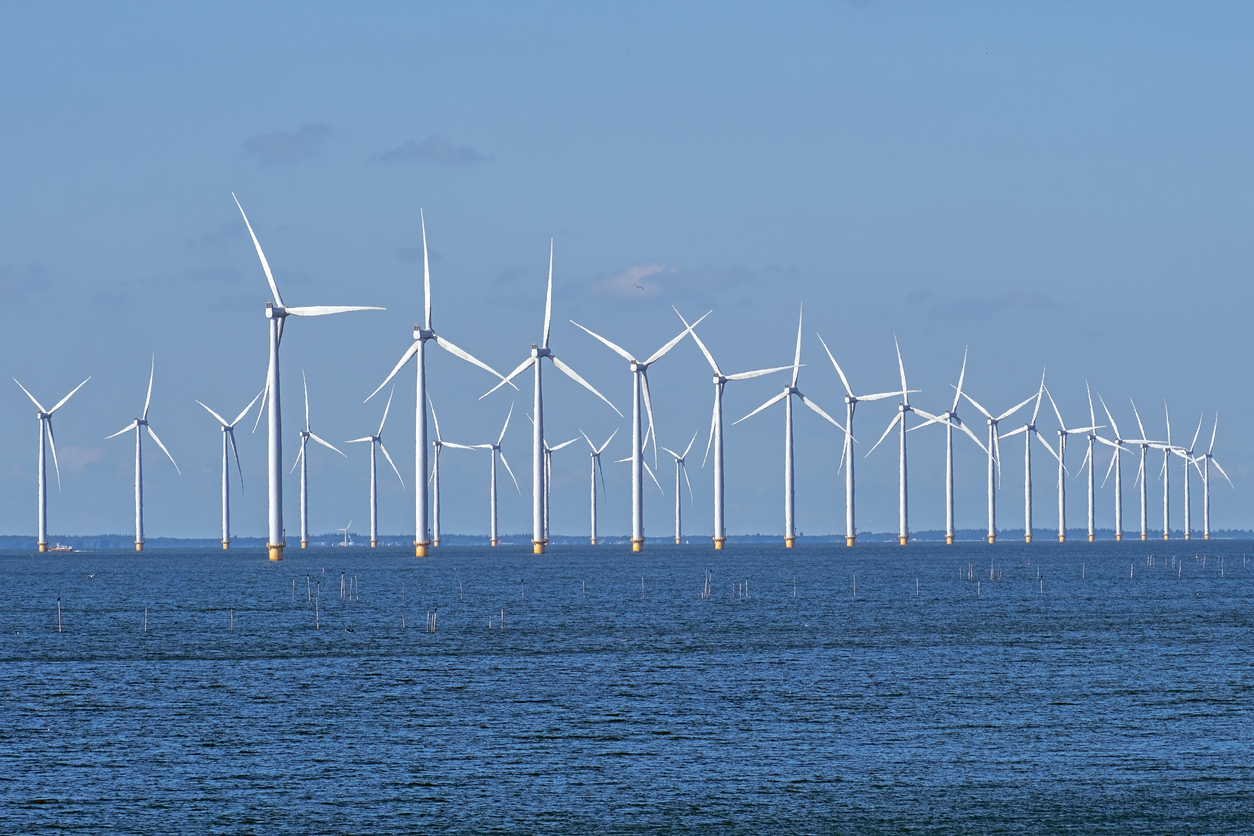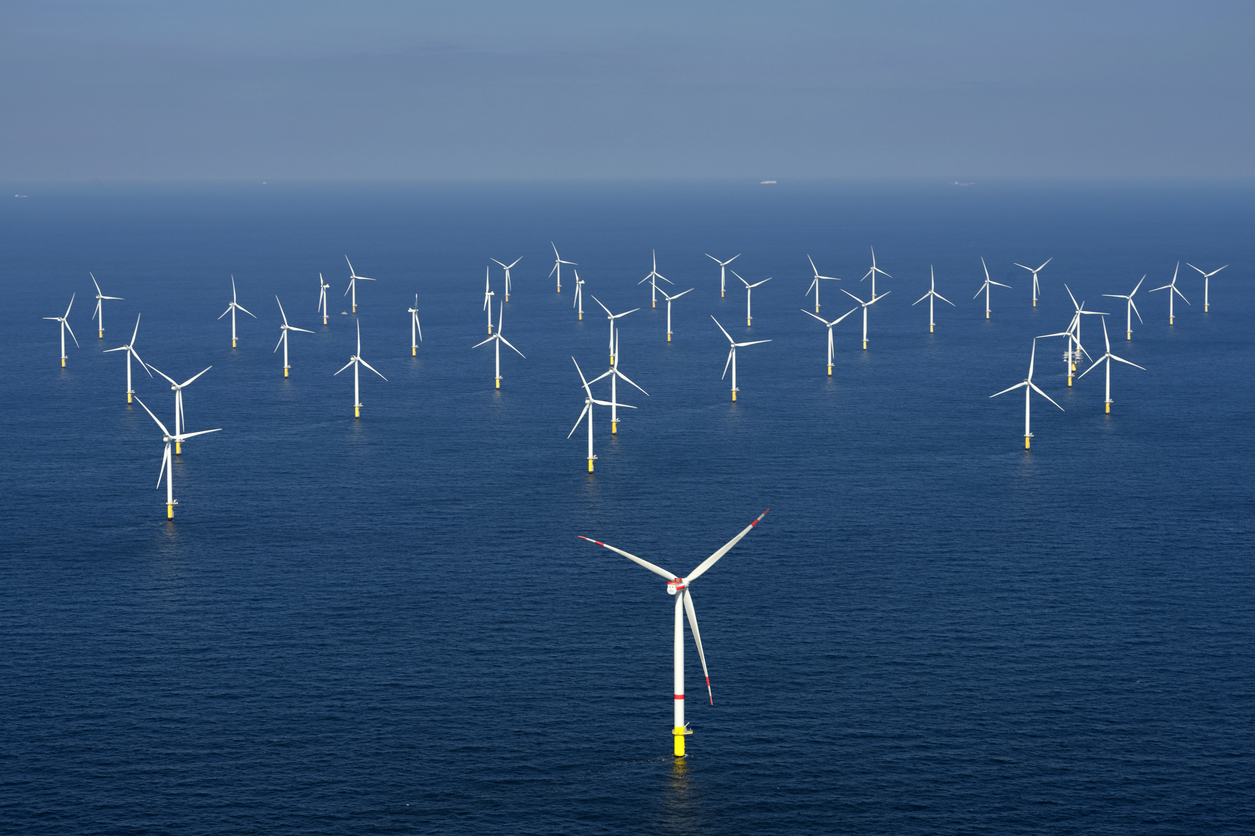Onshore or offshore wind energy (produced offshore) could become the country's most important source of electricity, accounting for more than 40% of the total national production.
The development of offshore wind energy is therefore particularly important for Romania's energy security and for meeting climate objectives.
Offshore wind energy capacity needs to be developed in the Black Sea Exclusive Economic Zone (EEZ) to achieve climate neutrality by 2050, according to a study Energy Policy Group (EPG).
Clean energy
Meeting climate targets
Competitive prices
Supporting the hydrogen economy
OFFSHORE WIND ENERGY POTENTIAL IN ROMANIA
The EPG study shows that Romania's natural and technical potential is 94 GW, of which 22 GW can be installed on fixed (shallow) turbines, leading to a production of 239 Twh, of which 54.4 Twh produced by fixed turbines.
The development of offshore wind farms takes between 5 and 10 years, with an EU average of 7 years, which shows that there are opportunities for Romania to connect the first offshore wind energy capacities to the electricity transmission grid before 2030. This could change Romania's current status as a net importer of electricity, providing additional clean energy needed to decarbonise sectors such as industry, transport and heating and cooling.
SUPPORTING THE DEVELOPMENT OF HYDROGEN TECHNOLOGY
For the best possible efficiency of hydrogen production processes, offline wind energy offers a very good solution. Experts believe that continuous power supply makes the electrolytes used in hydrogen production more efficient, and offshore wind has the benefit of long periods of peak load.
Depending on how it is produced, hydrogen is assigned a colour (green hydrogen is produced from water using electricity, grey hydrogen is produced from natural gas, as is blue hydrogen, while violet hydrogen is produced using energy from atomic units). Green, sustainable hydrogen is a technology of the future, usable for decarbonisation in many areas:
Transport
Heating
Industry
CHALLENGES FACING THE DEVELOPMENT OF OFFSHORE WIND ENERGY IN ROMANIA
As in the case of EU countries, Romania needs to improve its legislation, including the legislation on authorisations, in order to make it more urgent. This will increase the amount of energy available at national level around 2030, a key time for reassessing greenhouse gas emissions.
In March 2024, the Senate debated and approved the draft Law on Offshore Wind Energy, which aims to establish the legal framework for the development of offshore wind energy investments in the Black Sea.
The Government will approve by mid-2025 the offshore wind perimeters in the Black Sea that can be concessioned, with the protection of the environment, the procedural aspects of the concession of offshore wind perimeters, the amount of royalties and the state aid scheme for investments in offshore wind energy.
Another problem area, which requires a joint effort, is the undersized electricity infrastructure. In the Dobrogea area, large power generation units are already operating, and adding more capacity could pose problems.
ROMANIAN OPPORTUNITIES IN OFFSHORE WIND ENERGY DEVELOPMENT
Potential
World Bank estimates indicate for Romania an offshore wind potential of 76 GW installed capacity in the Black Sea.
Experience
Due to the construction characteristics, Romanian experience in offshore gas production can be used for the installation, operation and maintenance of wind farms. Some of the technical challenges are similar, so the know-how of the oil and gas sector can prove an advantage in the development of offshore wind energy.
International agreements
e.g. the Georgia-Romania submarine cable, which will interconnect the energy systems of the South Caucasus with those of continental Europe



